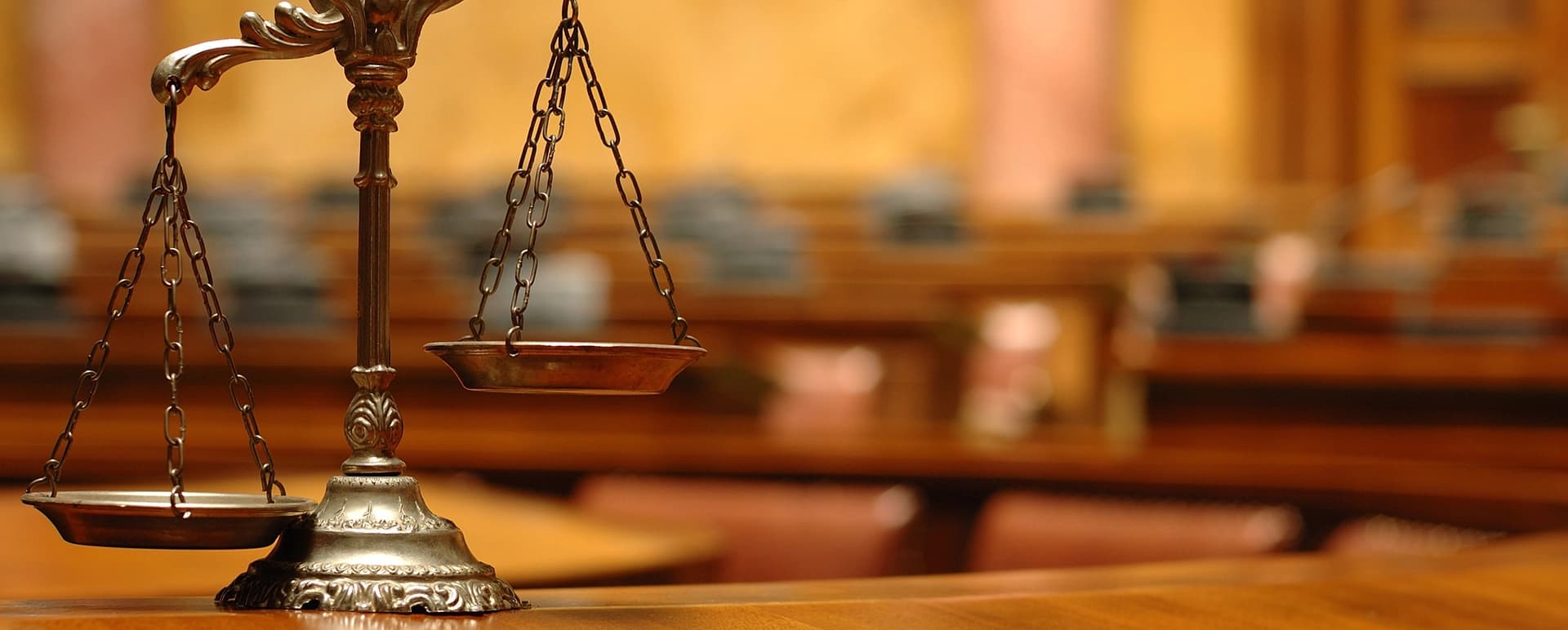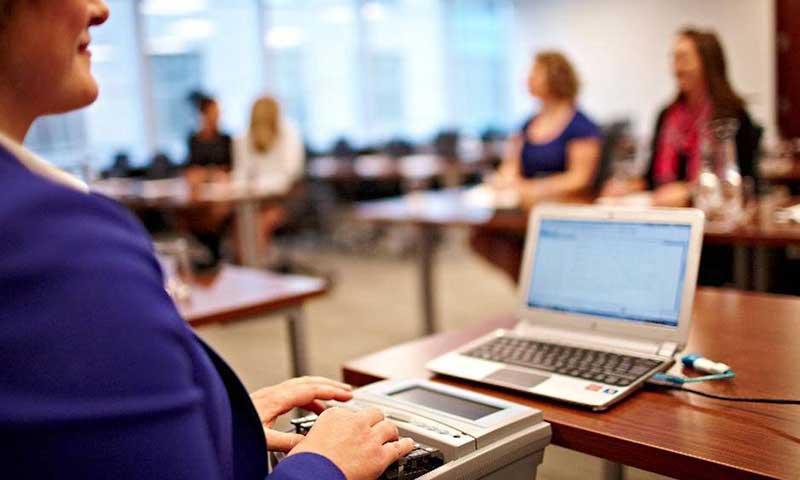Trial Presentation Innovative Technology for Compelling Courtroom Presentations
Trial Presentation Innovative Technology for Compelling Courtroom Presentations
Blog Article
Unlocking the Tricks of Effective Trial Discussions: A Comprehensive Method
In the world of legal method, the effectiveness of trial presentations can commonly determine the outcome of an instance. A detailed strategy that consists of understanding the target market, crafting engaging stories, and employing efficient distribution strategies is necessary for lawful experts aiming to make a lasting impact. By tactically customizing presentations and using visual aids, one can simplify intricate lawful disagreements and boost involvement. Nevertheless, the nuances of getting ready for unforeseeable questions and keeping calmness need further exploration, as they are critical to understanding the art of persuasion in the courtroom.
Understanding Your Target Market
Recognizing your target market is a vital element of providing a successful trial presentation. Recognizing that will be getting the details enables speakers to customize their approach effectively, guaranteeing that the message resonates with jurors, judges, and other stakeholders. This involves not just acknowledging their demographic attributes yet likewise comprehending their values, ideas, and possible predispositions that might affect their understandings.
Research suggests that jurors usually bring personal experiences and presumptions right into the court. For that reason, it is essential to engage with them on a relatable level, providing arguments that straighten with their perspectives while concurrently testing them respectfully. The capacity to anticipate their questions and worries can dramatically boost the persuasiveness of the discussion.
Furthermore, a reliable trial presentation needs an understanding of the jurors' attention periods and cognitive handling styles. By leveraging this audience insight, attorneys can construct a story that is not only engaging but likewise memorable, eventually assisting jurors towards a beneficial decision.
Crafting Compelling Narratives

To develop a reliable narrative, lawyers must start by determining the core message they want to convey (trial presentation). This message should be clear and regular, enabling jurors to comply with the story without confusion. Including relatable personalities, vibrant descriptions, and psychological arcs can dramatically enhance the story, making it much more remarkable and influential
Furthermore, it is vital to provide the narrative in a sensible series. Making use of chronological order or thematic organization can help jurors understand the unfolding events and their effects. Lawyers need to likewise be mindful of the pacing, making certain that vital minutes obtain suitable emphasis while keeping the total flow of the discussion.
Ultimately, a compelling narrative can link the void in between lawful complexities and human experiences, permitting jurors to attach with the case on both intellectual and psychological levels. This link can dramatically influence their considerations and the final outcome of the test.
Aesthetic Help and Modern Technology
Reliable use of aesthetic aids and modern technology can substantially improve test presentations, offering jurors with clear and interesting representations of intricate information - trial presentation. By including well-designed graphes, graphs, and pictures, lawyers can distill elaborate data into absorbable styles that assist in understanding. Such visual aspects offer not only to show bottom lines yet also to reinforce the narrative established throughout the test
In addition, innovation can enhance interactivity, enabling real-time demonstrations or simulations that can strongly show occasions or situations important to the instance. Tools such as video clip proof, interactive timelines, Clicking Here and 3D designs can bring a sense of realistic look that fixed presentations lack. These developments not only record focus but likewise help in memory retention, making sure that jurors can recall vital information throughout deliberation.
Overloading jurors with excessive details or extremely complicated visuals can lead to confusion instead than clarity. Instead, a tactical choice of relevant visuals, matched with succinct explanations, can produce a much more convincing and impactful discussion.
Effective Distribution Strategies
A lawyer's delivery methods can dramatically influence the impact of their trial presentations. To develop credibility and engage the jury, lawyers must grasp different delivery techniques. Secret amongst these techniques is preserving eye call, which cultivates a connection with jurors and dig this enhances the persuasiveness of the argument. In addition, the lawyer's voice inflection-- differing pitch, tone, and quantity-- can stress vital factors and convey emotion, making the presentation a lot more engaging.
Body language also plays an essential function. trial presentation. Positive pose and deliberate gestures reinforce the spoken word, while avoiding disruptive motions can keep the jury concentrated on the message. Pauses, tactically made use of, permit jurors to absorb intricate information and develop expectancy wherefore follows
Practicing the discussion in front of peers can provide useful comments on delivery style, allowing refinements that boost performance. By sharpening these shipment methods, lawyers can substantially elevate their test discussions and boost their opportunities of success.
Preparing for Q&A Procedure
Understanding distribution methods lays a solid foundation for a lawyer's efficiency in test presentations, but similarly essential is the prep work for Q&A sessions that often comply with. Reliable prep work for these sessions guarantees that lawyers can resolve inquiries confidently and persuasively, enhancing their debates and keeping trustworthiness.


To prepare, lawyers should expect potential concerns from jurors, opposing advise, and judges. This entails a complete testimonial of case products and recognizing the opposing disagreements. Creating a list of possible queries aids in developing exact, concise responses that directly resolve the worries raised.
Additionally, lawyers should exercise their reactions, either with simulated Q&A sessions or by see here now engaging colleagues for feedback. This technique not only improves confidence however also assists refine distribution and tone, making sure quality under pressure.
Final Thought
In final thought, effective trial discussions hinge on a diverse strategy that includes a deep understanding of the target market, the advancement of compelling narratives, and the calculated use visual help and modern technology. Effective delivery strategies and thorough preparation for awaited questions better boost the presentation's influence. By incorporating these elements, lawyers can significantly boost their ability to interact persuasive debates, inevitably affecting juror understanding and decision-making in the court room.
Report this page